07.16.09 UCLA – Today is the last evening we will share with UCLA. I hope to return here later to continue learning once out of high school. The campus is one that is extremely welcoming. The proffesors are extremely intellegent and they all welcome student help and any question you might ever have. Overall this program has served me in an excelent college UCLA experiance while learning the simularties between art and science.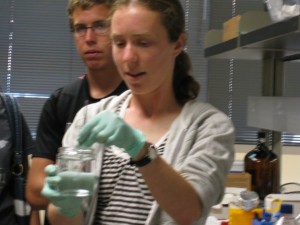
A project that really struck out at me was Johns project on waves. As we may not know why the waves create the patterns they do seen in Johns notes, still the srucure and the creativiy of the waves creates gorgeous designs that can eaisly be made into wonderful art as he had done so. Discovering he physics behind it too I’m sure was no easy feat.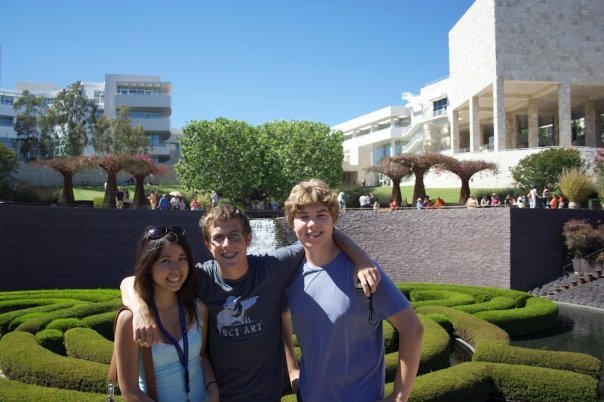
The plasma lab too was a art science concept. The ring of purple plasma ring that went around the plasma could be consdered a work of art if it ha been found to serve no purpose. Luckly from that we learned florsenct light fictures and rain coats and many other great, yet random, products came from that device.
Another fun lab was the electron scanning microscope (SEM). Even though it was only a $60,000 device, the instant results, the quality, and the magnification of the microscope proved very fun for checking out hair at about a million times. Who knew the hair looks so broken and layered in a single strand. Also we saw a peice of skin which proved very interesting since it seemed like we were viewing earth. Perhaps this might prove a very interesting art project for a scientist to present skin to a audience.
Another but not my last favorite experiment was the great magnetic lab with the ferrofluid. I know it was a hit so I hate to blog aout it. But I really like the simplistic idea of trapping the magneic paricals in a solution. Because this method of just trapping certain particals and keeping them contained will be the majorit of the nanotechnology to come for a decent amount of time. A great example is the nano silver particals they add to products. Its just containing the particals and then just simply adding them to a sellable proudct or medical necessity. 
In all though, this camp was a great camp! The majority of the information I had learned here was information i didn’t even know exsisted. Such as shape and size of particals can determain colour. I definately had no clue that we were capable of creaing tempetures hotter then the sun. And how does the Getty restore art? Well, now i know. And the best part is none of this infomrmation i pointless or just to fill time. All of it was designed o peice together to help us considerbaly on our final. This camp has been truely splendid and I’d highly recommend it.
http://answers.yahoo.com/question/index?qid=20080125210651AAZiHTy
http://www.chem4kids.com/files/matter_plasma.html
http://sims.ess.ucla.edu/nsf_facility/SEM_mainpage.php
http://www.getty.edu/conservation/science/herculaneum/herculaneum_images.html
http://artsci.ucla.edu/summer/


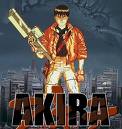
 So today is the last day of the
So today is the last day of the 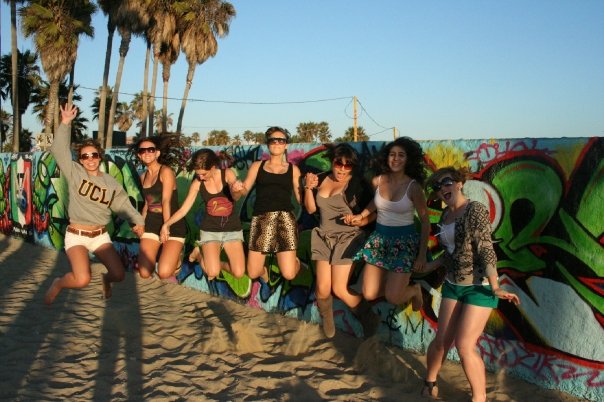 I enjoyed the academic insight gained on this
I enjoyed the academic insight gained on this  program, I have to say that I was incredibly exhausted. I’m not sure whether it was due to the sheer intensity of the subject matter, how closely packed together the activities were, or the distance between
program, I have to say that I was incredibly exhausted. I’m not sure whether it was due to the sheer intensity of the subject matter, how closely packed together the activities were, or the distance between 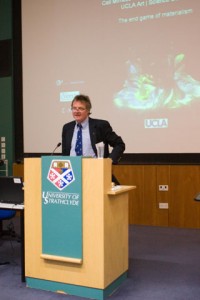


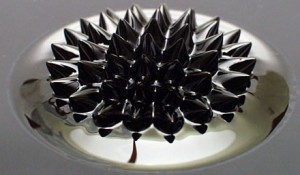
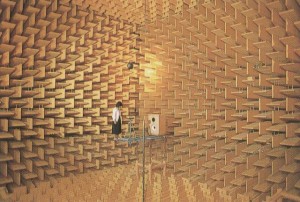
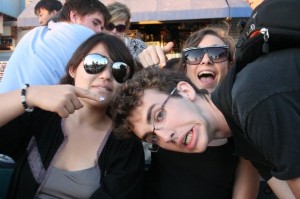
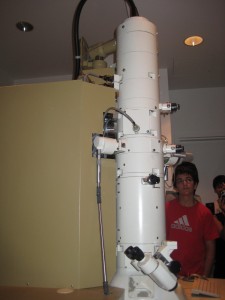
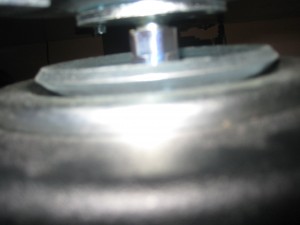
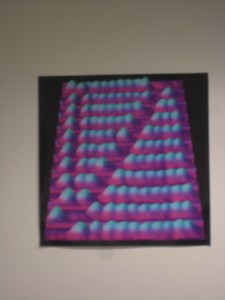
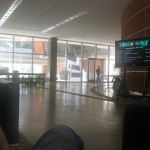 I had a unique experience at Sci|Art. From living in doors, to performing experiments, and even the people, I have gained a lot of indescrible knowledge by attending this program-it all went by so fast. My perspective of the science did not change, nor did it change for the arts, but rather I was able to gain an understanding of how other perceived science and art. Whatever way it is that we perceive science and art to be, there will never be a solid “proper” perception, but its how we share our views with others in order to better our lives and help develop our world.
I had a unique experience at Sci|Art. From living in doors, to performing experiments, and even the people, I have gained a lot of indescrible knowledge by attending this program-it all went by so fast. My perspective of the science did not change, nor did it change for the arts, but rather I was able to gain an understanding of how other perceived science and art. Whatever way it is that we perceive science and art to be, there will never be a solid “proper” perception, but its how we share our views with others in order to better our lives and help develop our world.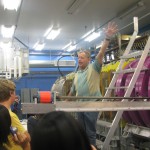
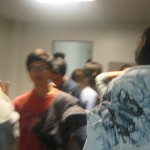


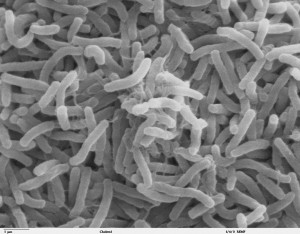
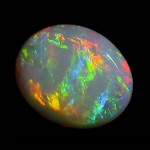

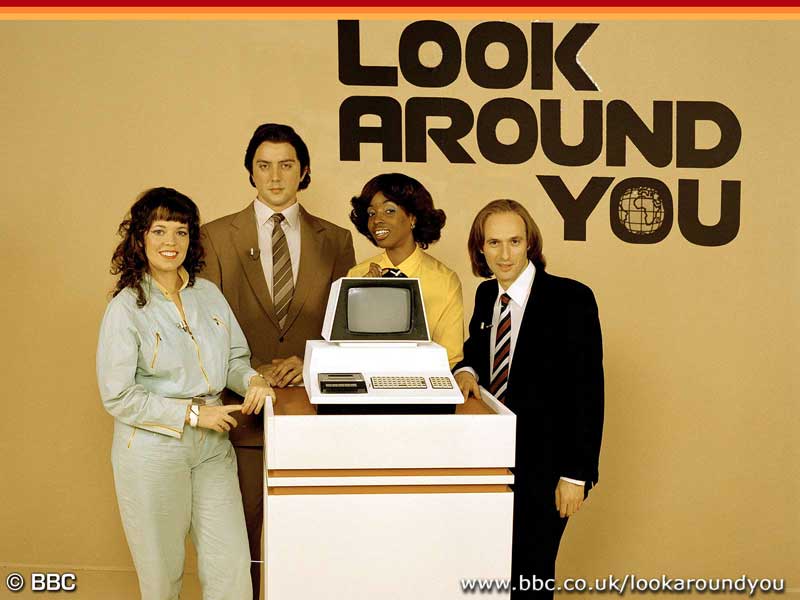 ely lost. Especially after the first lecture, my mind started to fly off somewhere else, as I couldn’t grasp concepts of what we were doing or learning. However, as the days progressed and I got to learn the instructors on a more personal level, it seemed as if every day what the instructors were trying to convey became clearer. Additionally, those “Look Around You” films definetely helped me grasp the concept of science! (Especially that film on ghosts). This program truly taught me to never say something is impossible. We were ta
ely lost. Especially after the first lecture, my mind started to fly off somewhere else, as I couldn’t grasp concepts of what we were doing or learning. However, as the days progressed and I got to learn the instructors on a more personal level, it seemed as if every day what the instructors were trying to convey became clearer. Additionally, those “Look Around You” films definetely helped me grasp the concept of science! (Especially that film on ghosts). This program truly taught me to never say something is impossible. We were ta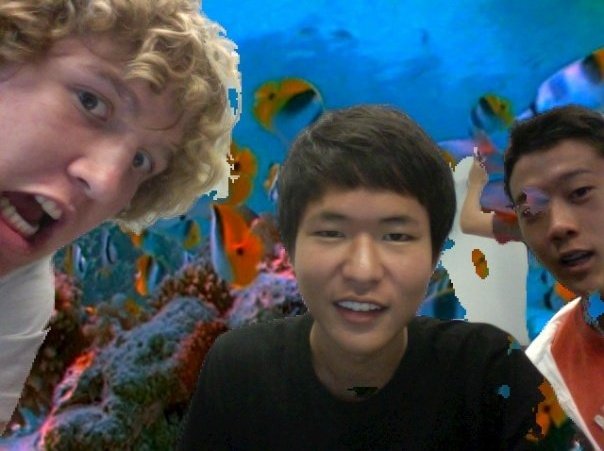 ught, and demonstrated on things that we had never thought of possible. And, it made me realize that in the past, no one would’ve thought an automobile or a televion to be possible. One of the “impossible” things I learned of was the ferrofluids, which thoroughly amazed me. At a more personal level, I feel like I’ve known everyone for years. Everyone constantly runs and visits other people to socialize, or blog together down the hall in a large group. Although it’s been only two weeks, any stranger would say that all of us have known each other for a long time. I find it disappointing how we will all be spread out to different parts of the country after this, but we will definetely keep in touch. This summer experience was amazing.
ught, and demonstrated on things that we had never thought of possible. And, it made me realize that in the past, no one would’ve thought an automobile or a televion to be possible. One of the “impossible” things I learned of was the ferrofluids, which thoroughly amazed me. At a more personal level, I feel like I’ve known everyone for years. Everyone constantly runs and visits other people to socialize, or blog together down the hall in a large group. Although it’s been only two weeks, any stranger would say that all of us have known each other for a long time. I find it disappointing how we will all be spread out to different parts of the country after this, but we will definetely keep in touch. This summer experience was amazing.